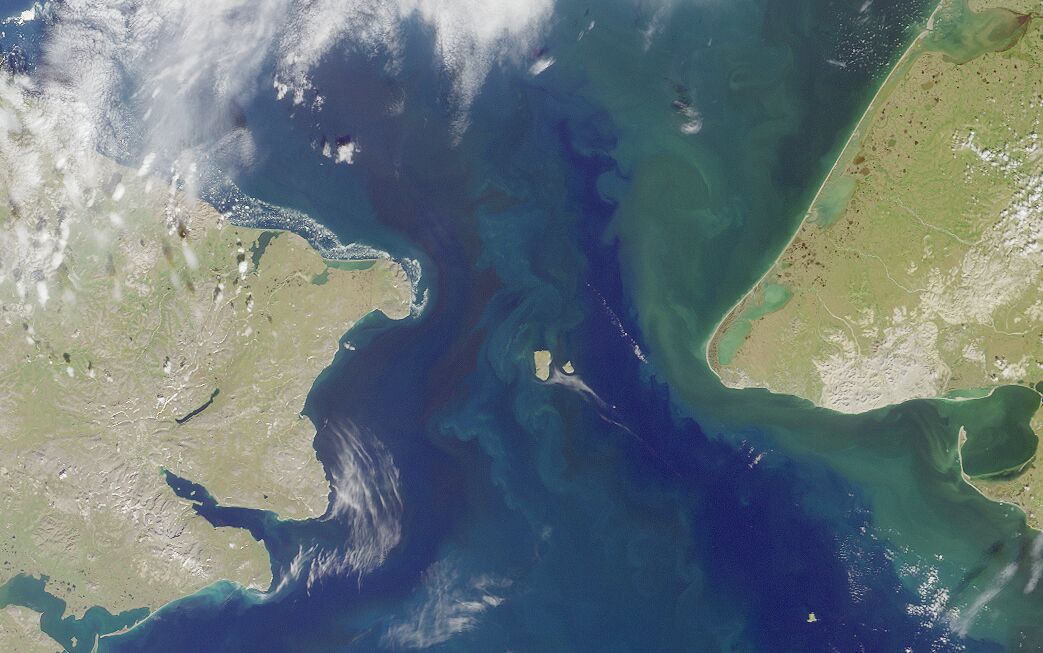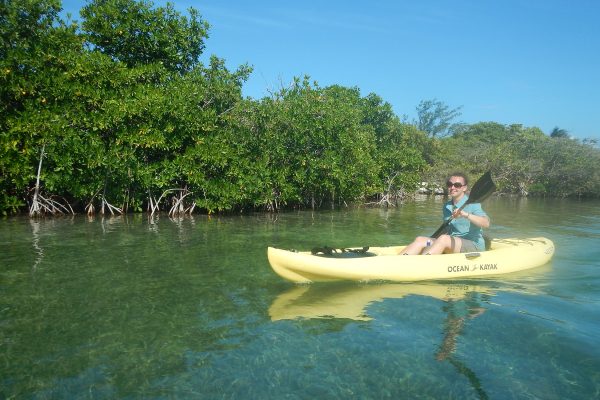I have always been fascinated by the world’s smaller, lesser known islands and the communities that inhabit these specks of land amidst vast oceans. The geo-political history of these outposts of human endurance makes for an intriguing read but for me there’s more to it. It’s the challenge of actually setting foot on land that few will know, making the long journey and having an adventure that really motivates. Sadly the expense of traveling to some of these islands means that for now I’m frustratingly stranded in theory and planning. I hope that my top seven islands or archipelagos to visit will inspire you to make the journey for yourself. If you do make it to any of these before I do than I will tip my hat off to you and look forward to hearing all about your adventure.
1. St Kilda
St Kilda really is on the far reaches of the United Kingdom. The original inhabitants were evacuated in 1930, their population dwindled with the arrival of modern man introducing religion and disease; the story of the St Kildans is rather sad. The archipelago’s landscape is dramatically breath-taking as it is home to some of the tallest cliffs in the UK. The original village where these people lived still remains, with its new neighbour; the Ministry of Defence. St Kilda is recognised as both a natural and cultural UNESCO World Heritage Site, its significance on a par with Machu Picchu.
How to get there: You have to get to the Outer Hebrides first which are well worth a visit in their own right. Book a tour with www.kildacurises.co.uk. It is about a three hour voyage from Leverburgh, Harris.

2. Svalbard
Svalbard is pretty much as close to the North Pole the average person can get. Svalbard boasts some incredible natural beauty. Fjords, glaciers and mountains all within the realm of the polar bear. In fact when leaving the main settlement of Longyearbyen it is required by law to carry a rifle for protection. A modest Norwegian population shares the island with a small Russian outpost as well as an abandoned mining town meaning that there’s a lot to see, as well as the World’s most northern church, most northern bar, most northern kebab shop, all a snowmobiles ride away.
How to get there: While it is possible to jump on board fishing vessels from the top of Norway, in most cases visitors will arrive by plane via Norway.
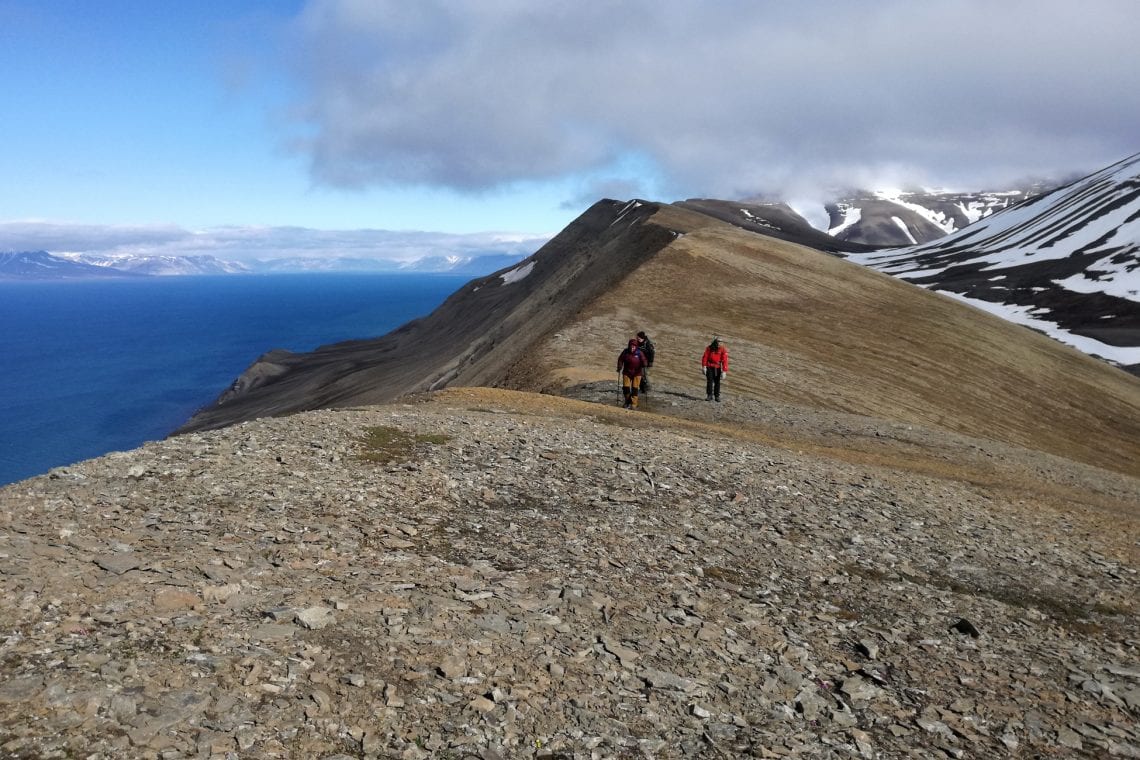
3. Saint Pierre and Miquelon
Saint Pierre and Miquelon is really a relic of Europe’s colonisation of North America, an oddity that remains to this day. It’s only a few miles off the coast of Canada but here the French tricolour blows in the North Atlantic wind, the Euro is traded amongst its 6000 strong population and of course French is the mother tongue. Over the centuries European empires fought over its occupation, its settlement razzed to the ground a number of times by competing powers before finally France re-established their settlement in 1816.
How to get there: You need to get to Newfoundland, Canada; there you can get a ferry from Fortune. See www.saintpierreferry.ca.
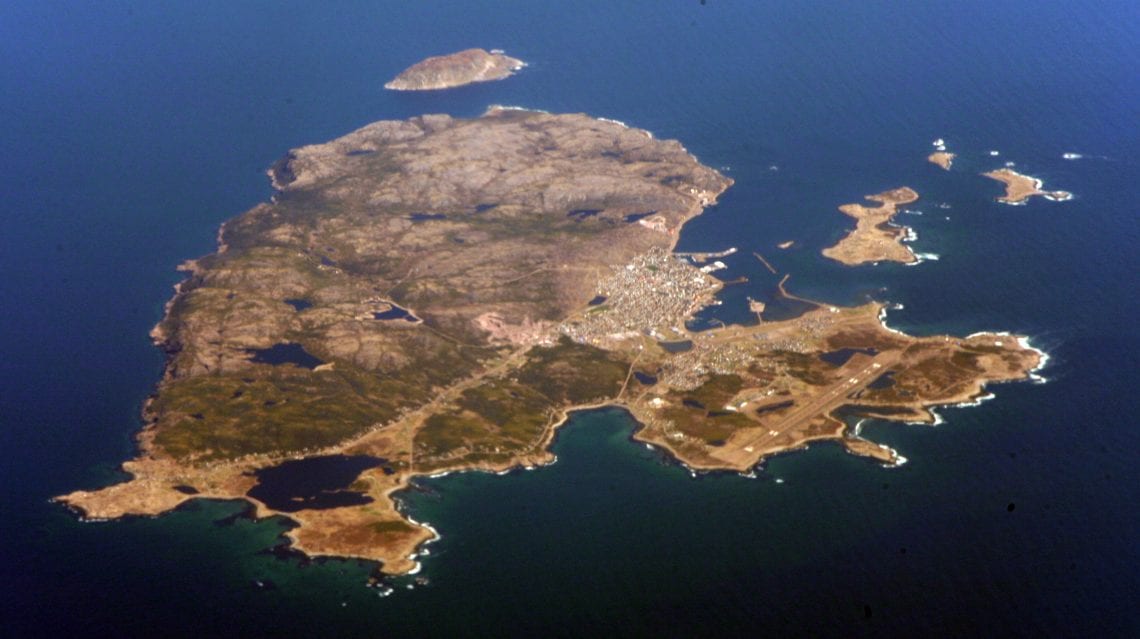
4. St Helena and Ascension Island
St Helena and the Ascension Island are two islands far apart in the middle of the Atlantic Ocean, but if you’re venturing this far it would be a real shame to miss either of these. Both (along with Tristan da Cunha) are part of the same British Overseas Territory.
Ascension Island has a rather barren and surreal landscape which has been carved up by centuries of lava flows. There’s a small population of about 800 which is mostly concerned with running and maintaining the strategically important global communicating systems. The European Space Agency, BBC, RAF, US Military (and it wouldn’t surprise me if the odd intelligence agency) have a presence here. Essentially think hot desert island, great empty beaches with loads of satellite dishes and antennas sending signals between continents. You could be forgiven for thinking you’re in a James Bond film.
St Helena on the other hand is home to a community of over 4000 people living on this rugged green outpost of British Empire. For centuries captains have sailed their ships to and from here, and in 1815 they’ve brought one of history’s most notable commanders to exile. Napoléon spent his final years here before his death in 1821. Interestingly the home of Napoleon is under French administration. With stunning landscape, heritage, a castle, tarmacked roads (with cars), places to stay and even a handful of pubs, St Helena has a shed loads of touristic potential and it knows it. Until now the only access has been by sea, but a new airport is almost complete so it won’t be long before this island is rediscovered by a new generation of adventure seekers.
How to get there: You can get on board the RMS St Helena which set sails from the UK to Cape Town calling at both these islands. Or if you time it right, you can fly from RAF Brize Norton to Accession Island and then onward to St Helena by RMS St Helena.
NB: The RMS St Helena has been retired. However the airport is now open and flights are available from Johannesburg. Flights to Accession from Brize Norton our currently suspended.
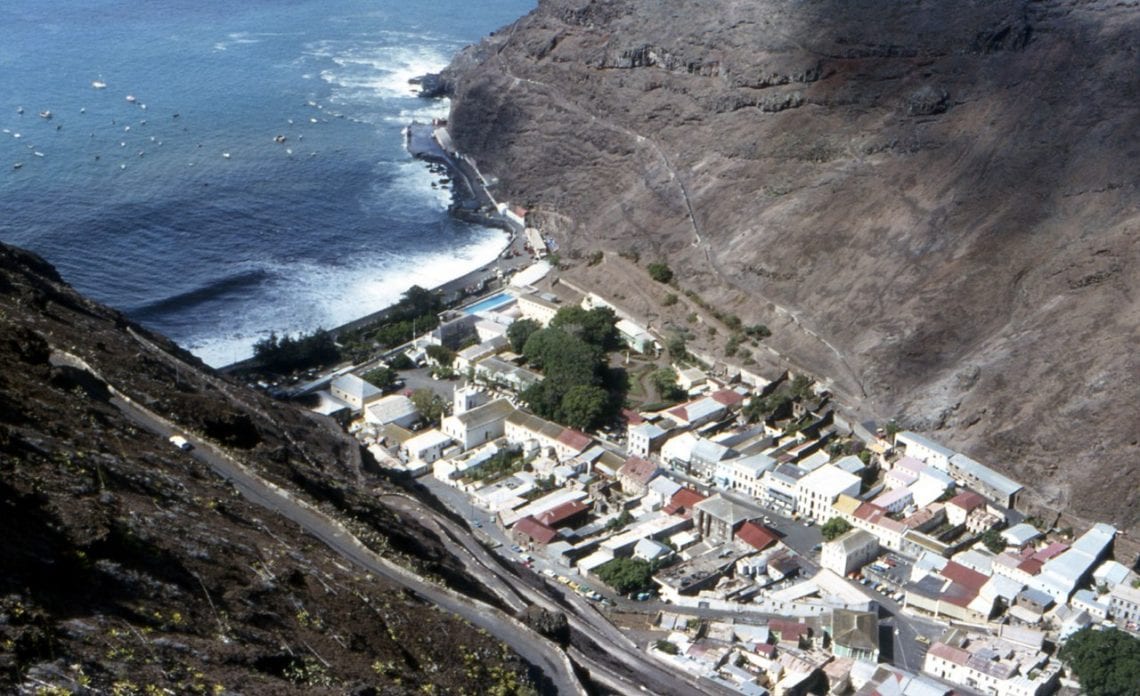
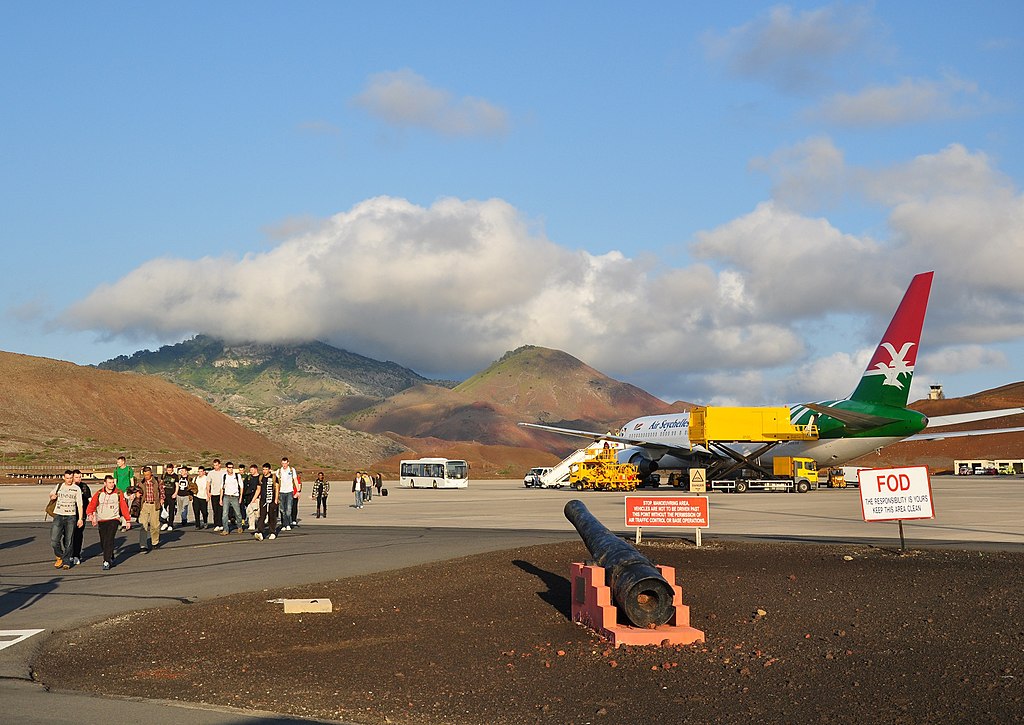
5. Tristan da Cunha
Tristan da Cunha is the most remote inhabited island on earth and if that’s not a reason to visit then perhaps the opportunity to summit a volcano piercing through the Atlantic Ocean is. Queen Mary’s Peak at 2,063 meters is bound to give you a spectacular 360 degree of the small island and make you feel like you’re on top of the World… or like an insignificant speck within a massive world. The main settlement is charmingly called Edinburgh of the Seven Seas and it is here where 300 people call home. As part of the same British Overseas Territory as Accession Island and St Helena this island is governed by the latter, about 1000 miles north.
How to get there: The only option is by ship from Cape Town. See www.tristandc.com/shipping.php.

6. Pitcairn
Pitcairn was colonised in 1790 by the mutineers and their Tahitian companions from the infamous HMS Bounty. As you may imagine it was a lawless and violent place before it was finally tamed. It was another 24 years before they were discovered and allowed to continue their lives on this small island making it the first and currently the only British colony in the Pacific. Its dwindling population, currently at 67 has led to a drive to encourage new settlers but so far it seems the remoteness and isolation has not really been the selling point the locals may have hoped for. Pitcairn has certainly had a colourful history with more than its fair share of dark chapters and its future is still uncertain. Will this community managed to survive alone out there in the middle of the Pacific Ocean?
How to get there: The closest airstrip is 330miles away on Mangareva part of Gambier Islands of French Polynesia. Here you can board the Claymore II, a vessel which heads to Pitcairn every three months. The voyage takes about 32 hours. See www.visitpitcairn.pn.
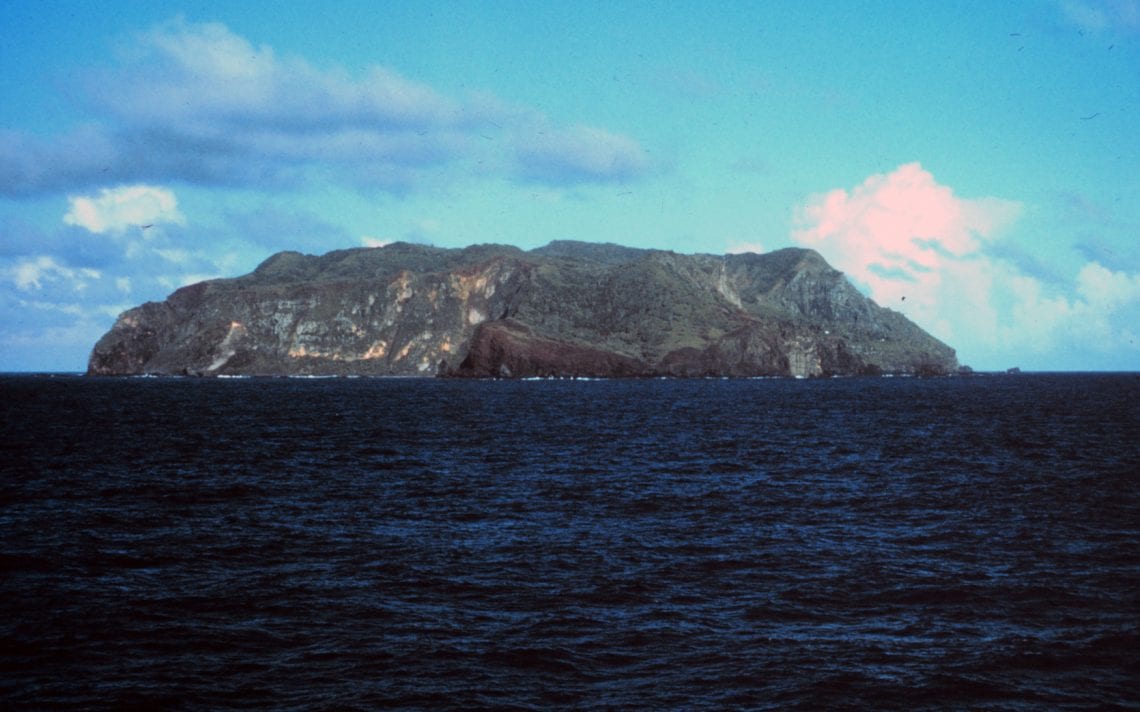
7. Diomede Islands
Diomede Islands comprise of Big Diomede (Russian) and Little Diomede (USA). They lie on the back doors of two super nations in the middle of the Baring Strait. Interestingly they are separated by the International Date Line which means you can stand on one of these Islands and look into tomorrow or yesterday depending on which one you are on. Little Diomede is home to an Inuit native population of about 110. Despite its cold to subfreezing environment, it’s rather heart-warming to know that the Alaskan government maintains support and supplies this remote community. When weather allows mail is delivered by heliport, once a year in the summer a barge delivers supplies and every winter the locals carve a runway in the frozen sea ice. Big Diomede has no permeant population, occasionally military forces are present but generally speaking guests aren’t welcome. Visitors will have to mount their own expedition to Big Diomede across the 2.5 mile gap between the islands, over water in the summer or over frozen sea ice in winter. Seek permission first as you will be crossing an international border.
How to get there: Your best bet is to fly into Nome airport on the Alaskan mainland and you might be able to catch a flight to Little Diomede. No regular link to Big Diomede but you could try walking over the frozen ocean.
